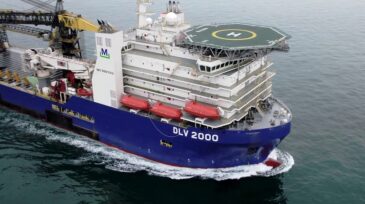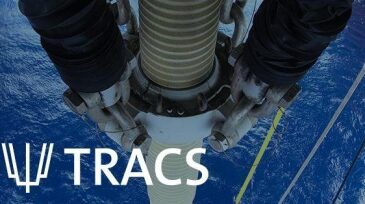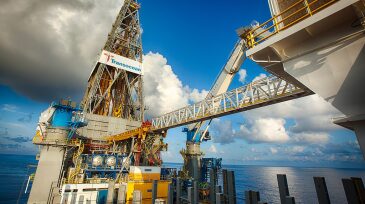risers
-
Completion comes despite two cyclones disrupting the project area during installation, McDermott said.
-
A newly launched JIP aims to bridge the BSEE and API frameworks and achieve industry consensus on the analysis and inspection data required to assess the feasibility of an extended service life.
-
The future of many offshore developments hangs on extending the lives of mooring lines and risers.
-
New long-term contracts between offshore drillers and equipment makers reduce downtime and risks associated with key components, from blowout preventers to risers.
-
A study using a dynamic multiphase-flow software simulated a rapid-unloading event and determined the gas fraction in the riser annulus and the effect on riser fluid levels.
-
This paper evaluates the feasibility of a number of production- and export-riser configurations for ultradeepwater applications.
-
Espirito Santo: Design and Operational Experience of the Use of Steel Risers on a Turret-Moored FPSOThe floating production, storage, and offloading (FPSO) facility Espirito Santo, located offshore Brazil in the Parque das Conchas (BC-10) field, is the world’s first turret-moored FPSO facility to use steel risers for fluid transfer.
-
Steel catenary risers (SCRs) on a large-heave-motion vessel are susceptible to compression in the riser touchdown zone (TDZ). In this paper, a finite-element-analysis modeling method is presented to simulate deformation, pipe ovality, and local pipe buckling.
-
Severe slugging is characterized by large pressure fluctuations at the base of the riser and is accompanied by fluctuations in fluid delivery from the top of the riser. This instability has negative effects on downstream equipment.
-
This paper presents results from full-scale testing of a flexible riser equipped with embedded sensors for distributed-temperature sensing (DTS).










